Mountain Biking
Mountain biking began in the 1970s, when riders in Northern California’s Bay Area modified cruisers with wider tires to handle off-road terrain. What started as a small movement has since grown into one of the most popular outdoor activities in the Pacific Northwest, with extensive trail systems across Washington, Oregon, Idaho, & Northern California.
The region offers remarkably diverse riding conditions, from winding singletrack through coastal forests to high alpine trails with sweeping views. Riders can navigate dense woods with roots and rocks that demand technical skill, or take on mountain terrain that ranges from easy cross-country routes to advanced downhill descents.
Modern mountain bikes have come a long way from those early cruisers. Lightweight frames, suspension systems, disc brakes, and precise gearing now allow riders to tackle terrain once considered impossible. Yet the core appeal hasn’t changed: the freedom to explore wild landscapes by bike and the thrill of powering through challenging trails.
From flowy cross-country paths in old-growth forests to gravity-fed lines at bike parks, the region supports every style of rider. Success on the trails comes from having the right equipment, building skills gradually, and keeping safety a top priority.
Basic Gear
Having the right gear is essential for a safe and enjoyable mountain biking experience. The following items form the core of what you'll need to tackle the diverse trails of the Pacific Northwest, whether you're a beginner or an experienced rider.
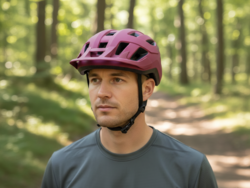
Helmet
A properly fitted helmet is your most critical piece of safety equipment. Modern mountain bike helmets offer excellent ventilation, impact protection, and coverage for the back of your head.
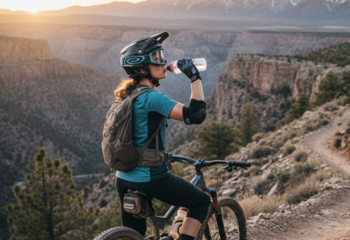
Water Bottle / Hydration Pack
Stay hydrated with either a hydration pack or water bottles. Hydration packs offer hands-free drinking and additional storage for tools and snacks.
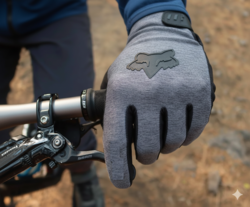
Gloves
Gloves improve grip, reduce hand fatigue, and protect your palms during falls. Full-finger gloves offer the best protection for technical terrain.
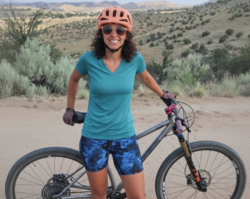
Cycling Clothes
The right clothes can make a big difference. Wear moisture-wicking, breathable fabrics and consider padded shorts for comfort on longer rides. Layering your clothes enables you to add/remove clothes based on conditions.
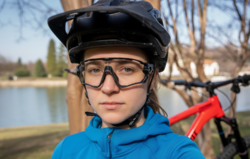
Eye Protection
Protect your eyes from branches, bugs, debris, and UV rays with quality saftey glasses or sunglasses.
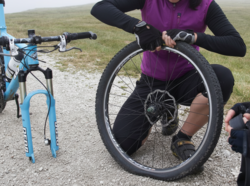
Flat Repair
Flat tires are common on mountain bike trails. Carry at least one spare tube, tire levers, and a portable pump or CO2 inflator.
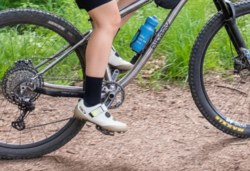
Cycling Shoes
Mountain bike shoes with good grip and stiff soles improve pedaling efficiency and control. Clipless pedals and shoes offer the best connection to your bike.
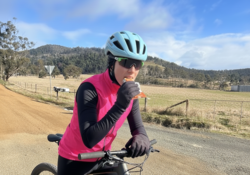
snacks
Bring energy-dense snacks like trail mix, energy bars, or fruit to keep your energy levels up on longer rides.
Safety Tips
Safety is paramount when mountain biking. These tips will help you minimize risks and handle common challenges on the trails.
Always wear a helmet - head injuries are the most serious mountain biking risk
Ride within your skill level and gradually progress to more difficult terrain
Ask your local bike shop about cycling groups or clubs to learn from experienced riders
Check your bike before each ride - brakes, tires/wheels, and shifting should work properly
Carry extra water and food for longer rides. Running out of water or energy can be dangerous
Let someone know your planned route and return time
Yield to hikers and horses on shared trails
Be prepared for rapidly changing weather conditions
Getting Started
New to mountain biking? These tips will help you choose the right bike, build your skills, and enjoy the trails safely.
Choosing Your First Mountain Bike
Start with a hardtail (front suspension only) mountain bike with reliable components. This will be more affordable than a full-suspension bike and will help you learn proper technique. Look for 27.5” or 29” wheels for better rollover capability on obstacles.
Building Skills Safely
Begin on easier trails like fire roads and gentle singletrack. Practice basic skills like braking, cornering, and riding over small obstacles in a controlled environment. Consider taking a skills clinic or riding with more experienced riders who can offer guidance.
Trail Etiquette
Mountain bikers should yield to hikers and equestrians, control their speed around blind corners, and stay on designated trails to minimize environmental impact.